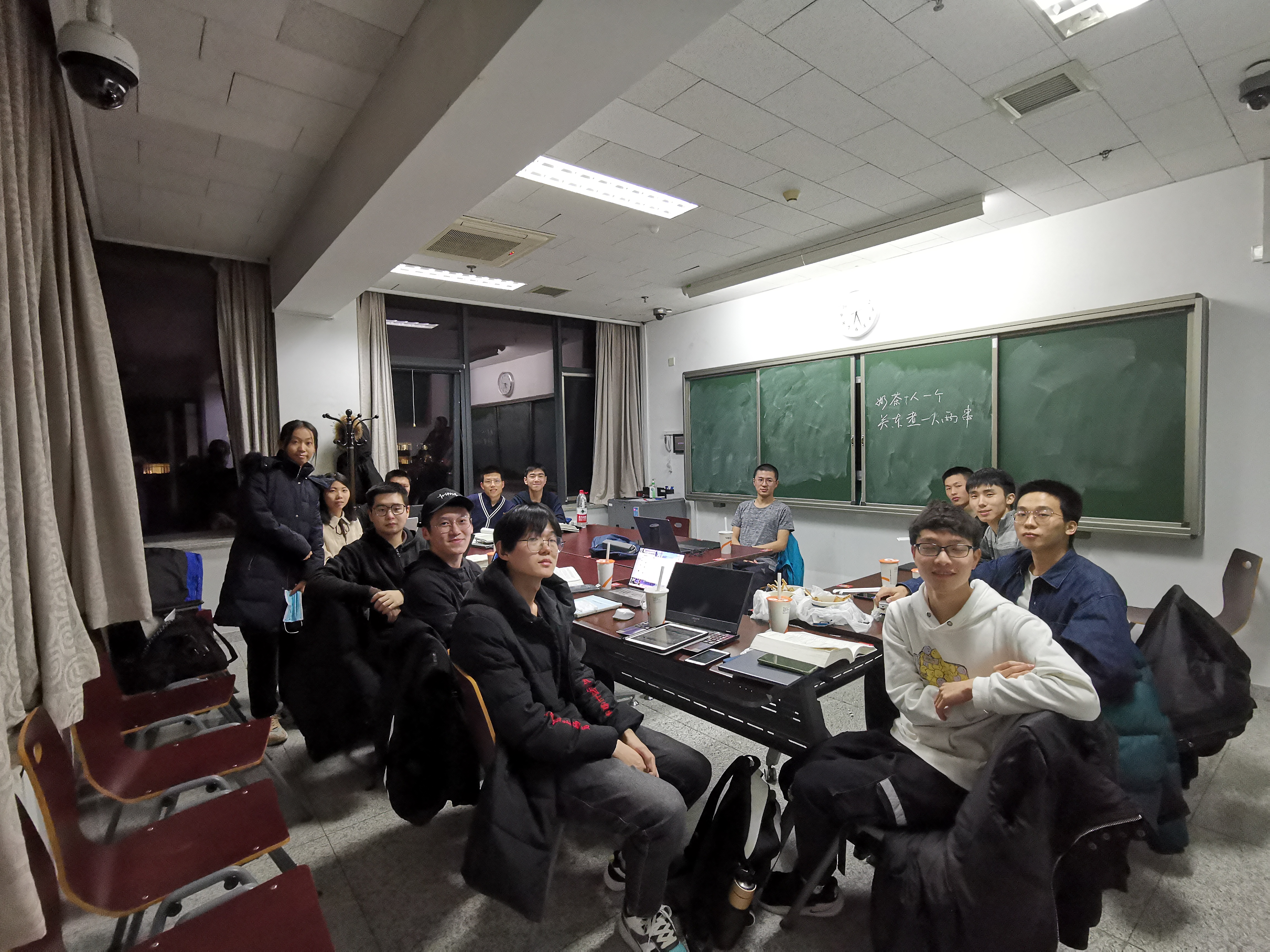Page Not Found
Page not found. Your pixels are in another canvas.
A list of all the posts and pages found on the site. For you robots out there is an XML version available for digesting as well.
Page not found. Your pixels are in another canvas.
About me
This is a page not in th emain menu
Published:
This is a brief introduction to installation and basic instructions of Ubuntu system. At the same time, it introduces the basic use of vim, replacing apt sources and using oh-my-zsh to beautify the command terminal.
Published:
This blog talks about mathematical understanding of the basic reproduction number $R_0$. $R_0$ is an important argument in viral transmission, such as COVID-19. We construct a math model and propose that $\Pr[\mathrm{Virus\ extinction}] = 1$ if $R_0<1$, and $\Pr[\mathrm{Virus\ extinction}] < 1$ if $R_0\geq 1$.
Short description of portfolio item number 1
Short description of portfolio item number 2 
Published in Under review, 2022
The paper is about dynamic throttling in burget constraint online advertising markets.
Recommended citation: Zhaohua Chen, Chang Wang, Qian Wang, Yuqi Pan, Zhuming Shi, Chuyue Tang, Zheng Cai, Yukun Ren, Zhihua Zhu, Xiaotie Deng (2009). "Dynamic Budget Throttling in Repeated Second-Price Auctions." arXiv. 2022. https://arxiv.org/abs/2207.04690
Published:
This is a paper reading in WINE 2021 Reading Group. This paper focuses on envy-free division of multi-layered cakes. In this paper, authors define multi-layered cakes, which means cakes with multi layers, and the feasibility constraint in cake-cutting : the pieces of different layers assigned to the same agent should be non-overlapping. Then, authors define short knives and long knives. Finally, authors propose an envy-free division using $n-1$ long knives. Download slides used in this presentation here
Published:
This is a paper reading in daGAME Group Meeting. This paper focuses on Prior-Independent dynamic auctions. In this work, authors propose an exploration-exploitation algorithm for a Value-Maximizing buyer, whose value distribution $\mathcal{D}$ is unkonwn to others, achieve $o(T)$ regret comparing to public value distribution $\mathcal{D}$ condition. Download slides used in this presentation here
Published:
This is a paper reading in Choices and Consequences in Computing, foucsed on Netflix Recommendation system. You can Watch video record here and Download slides used in this presentation here
Published:
This is a paper reading in MPC reading group. This paper focuses on lower bound of MPC computation. In this paper, firstly, the authors defined a new computation model called s-SHUFFLE, which can simulate MapReduce computation. Secondly, the authors proves that s-SHUFFLE computes a function with a polynomial representation of degree $n$ requires $\lceil \log_s n\rceil$ rounds. Thirdly, the authors proves that such lower bound is almost the best result of s-SHUFFLE computation. Furturemore, the authors apply the sophisticated toolbox known for polynomials to reason about these computations. Download slides used in this presentation here
Teaching Assistant, Peking University, School of Electronics Engineering and Computer Science, 2021
This course is for computer scientists, computer engineers, and others who want to be able to write better programs by learning what is going on “under the hood” of a computer system. Our aim is to explain the enduring concepts underlying all computer systems, and to show you the concrete ways that these ideas affect the correctness, performance, and utility of your application programs. Other systems books are written from a builder’s perspective, describing how to implement the hardware or the systems software, including the operating system, compiler, and network interface. This course is taught from a programmer’s perspective, describing how application programmers can use their knowledge of a system to write better programs. Of course, learning what a system is supposed to do provides a good first step in learning how to build one, and so this book also serves as a valuable introduction to those who go on to implement systems hardware and software.
Teaching Assistant, Peking University, School of Electronics Engineering and Computer Science, 2022
This course is for computer scientists, computer engineers, and others who want to be able to write better programs by learning what is going on “under the hood” of a computer system. Our aim is to explain the enduring concepts underlying all computer systems, and to show you the concrete ways that these ideas affect the correctness, performance, and utility of your application programs. Other systems books are written from a builder’s perspective, describing how to implement the hardware or the systems software, including the operating system, compiler, and network interface. This course is taught from a programmer’s perspective, describing how application programmers can use their knowledge of a system to write better programs. Of course, learning what a system is supposed to do provides a good first step in learning how to build one, and so this book also serves as a valuable introduction to those who go on to implement systems hardware and software.